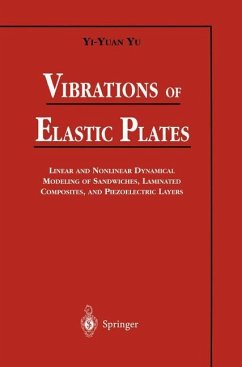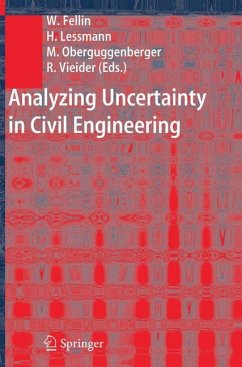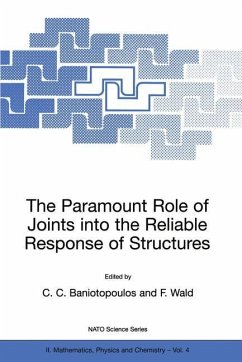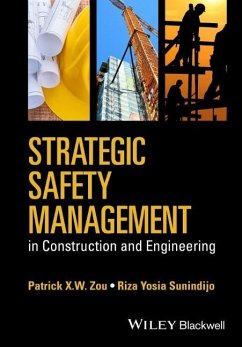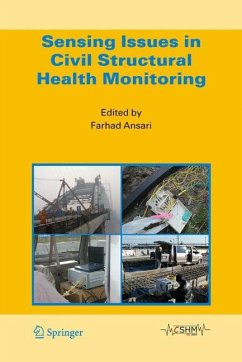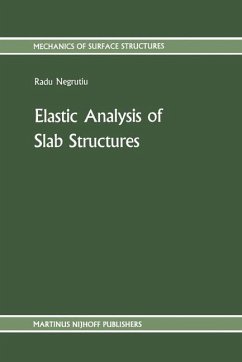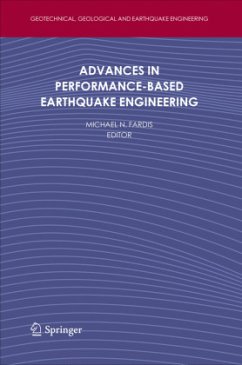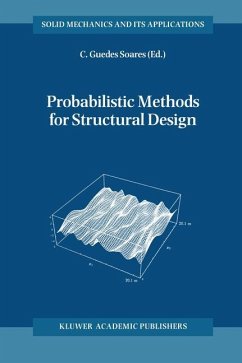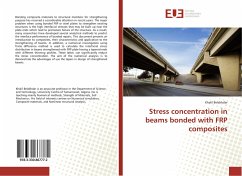
Safety Factors and Reliability: Friends or Foes?

PAYBACK Punkte
57 °P sammeln!
Have you ever wondered where the safety factors come from? Why is it that deterministic analysis has reached a very sophisticated level, but in the end empirical factors are still needed? Is there a way to select them, rather than assigning them arbitrarily as is often done? This book clearly shows that safety factors are closely related with the reliability of structures, giving yet another demonstration of Albert Einstein's maxim that "It is incomprehensible that Nature is comprehensible". The book shows that the safety factors are much more comprehensible if they are seen in a probabilisti...
Have you ever wondered where the safety factors come from? Why is it that deterministic analysis has reached a very sophisticated level, but in the end empirical factors are still needed? Is there a way to select them, rather than assigning them arbitrarily as is often done?
This book clearly shows that safety factors are closely related with the reliability of structures, giving yet another demonstration of Albert Einstein's maxim that "It is incomprehensible that Nature is comprehensible". The book shows that the safety factors are much more comprehensible if they are seen in a probabilistic context. Several definitions of the safety factors are given, analytical results on insightful numbers are presented, nonprobabilistic safety factors are shown, as well as their estimates derived by the inequalities of Bienayme, Markov, Chebushev and Camp-Meidell. A special chapter is devoted to important contributions by Japanese experts.
This volume will help to critically re-think the issue of safety factors, which can create a false feeling of security. The deterministic paradigm can be enhanced by incorporating probabilistic concepts wisely where they are needed without treating all variables as probabilistic ones. The book shows that there is a need of their integration rather than separation.
This book is intended for engineers, graduate students, lecturers and researchers.
This book clearly shows that safety factors are closely related with the reliability of structures, giving yet another demonstration of Albert Einstein's maxim that "It is incomprehensible that Nature is comprehensible". The book shows that the safety factors are much more comprehensible if they are seen in a probabilistic context. Several definitions of the safety factors are given, analytical results on insightful numbers are presented, nonprobabilistic safety factors are shown, as well as their estimates derived by the inequalities of Bienayme, Markov, Chebushev and Camp-Meidell. A special chapter is devoted to important contributions by Japanese experts.
This volume will help to critically re-think the issue of safety factors, which can create a false feeling of security. The deterministic paradigm can be enhanced by incorporating probabilistic concepts wisely where they are needed without treating all variables as probabilistic ones. The book shows that there is a need of their integration rather than separation.
This book is intended for engineers, graduate students, lecturers and researchers.





